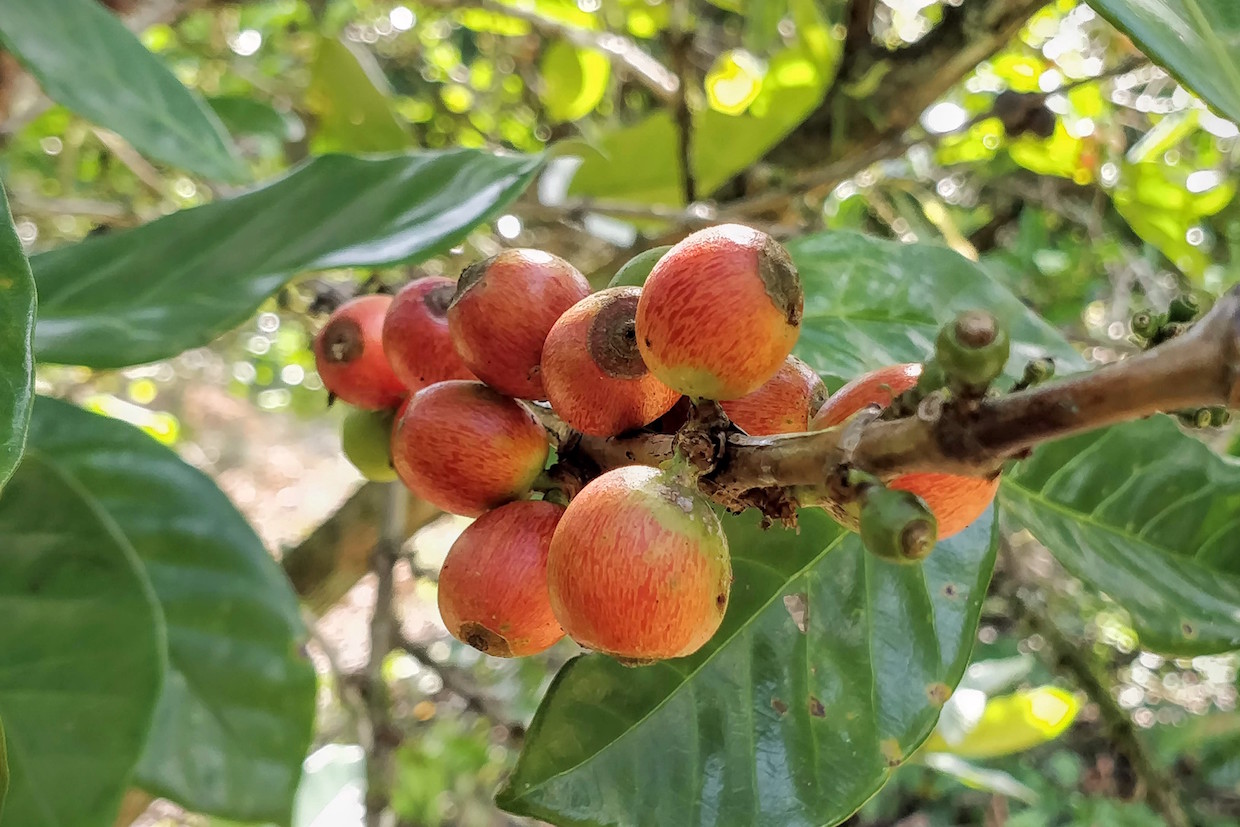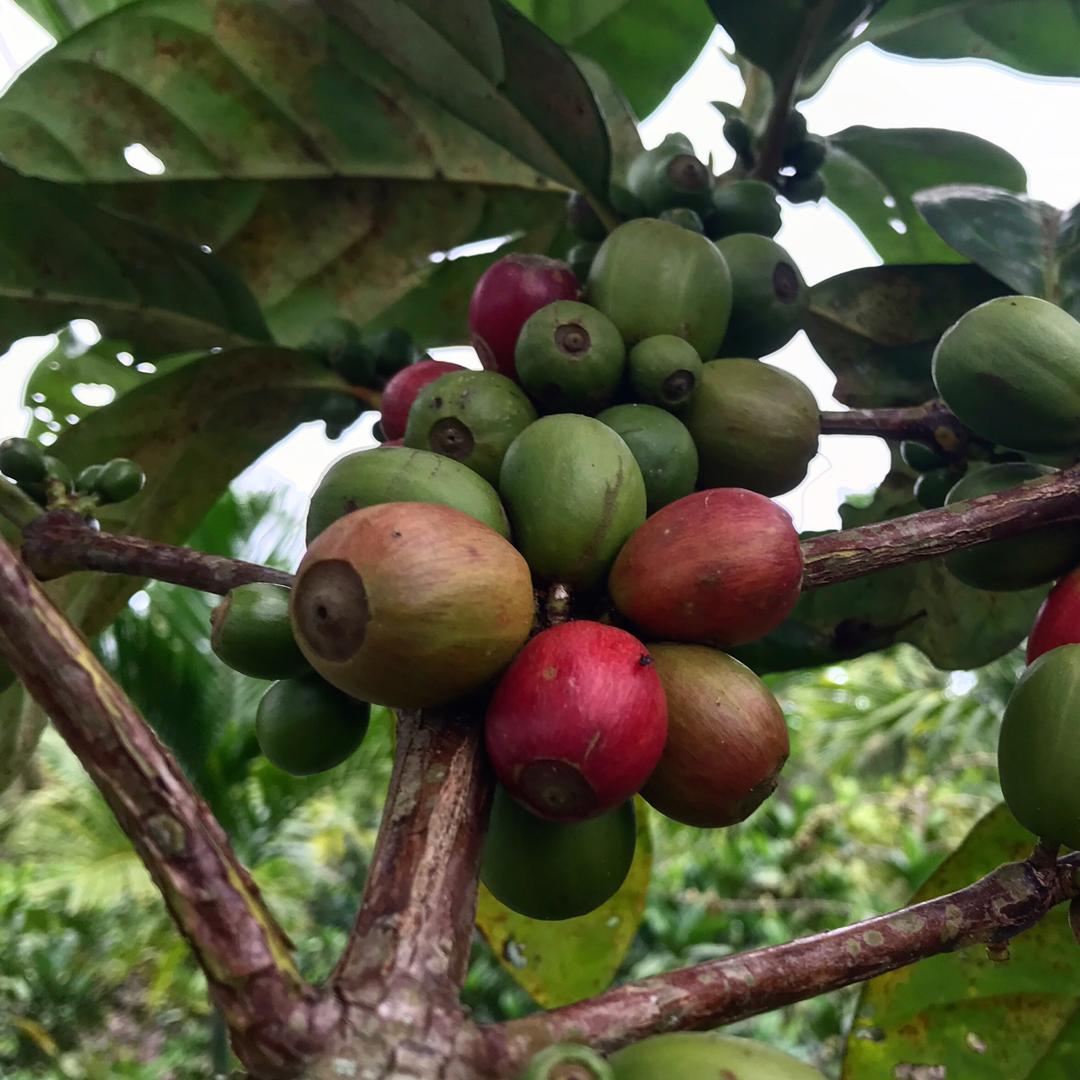Drastic disruptions in the global supply stream may soon open the door for the commercial proliferation of Coffea Liberica, a.k.a. liberica, a coffee species that has long existed in the shadows of arabica and robusta.
This is one of the main takeaways from a new report from a group of agricultural researchers led by renowned coffee plant scientist Aaron P. Davis of the UK’s Royal Botanic Gardens, Kew.
In a December paper published in Nature Plants, Davis and the other authors suggest that the development liberica — and its excelsa variant, in particular — may prove to be the least disruptive, most cost-efficient and most successful climate adaptation strategy for the coffee sector as a whole.
As study after study suggests that climate change will alter the suitable landscape for commercial coffee production — particularly the production of higher-quality but generally more sensitive arabica coffee — the authors wrote that developing new crop plants is likely to be a more effective adaptation strategy than relocating farms or adapting practices at existing farms.
“The idea of broadening the coffee crop portfolio, with new cultivars, hybrids and alternative species (including underutilized crop species) is receiving renewed attention with a focus on forgotten or underutilized species, particularly those that were once cultivated and exported at scale,” the authors wrote.
Liberica does indeed have a long and interesting history of cultivation and commercialization dating back to the early 1800s, including some recent efforts to promote liberica in places such as Borneo and Malaysia in Southeast Asia, and Uganda and South Sudan in East Africa.
The authors outline liberica’s rise to commercial prominence in the 1880s as a possible alternative or supplement to arabica in coffee-growing regions throughout the world.
“Replacement of arabica did not materialize, but during the last two decades of the nineteenth century, the area available for coffee production was expanded to a considerable extent using liberica, with extension across the world’s low elevation tropical belt, including in South America, several of the Caribbean islands, Africa, the Indian Ocean Islands (including in Madagascar and the Seychelles), Asia (including in India, Malaysia and Java) and Australasia,” they wrote.
Liberica is known to produce much larger fruits and seeds (beans), as well as trees that reach approximately 5 to 11 meters tall, dwarfing arabica and robusta shrubs while potentially creating some obstacles in coffee picking and processing. However the species’ primary market obstacle to this point has been the simple fact that it hasn’t tasted very good.
Addressing this issue, the authors here turn to excelsa, a variant of liberica that has found renewed interest in recent years among researchers as well as commercial actors seeking market differentiation, crop diversification or climate adaptation pathways.
The authors note that excelsa has historically been overlooked because it was discovered during the downfall of commercial liberica in the late 1880s and early 1990s. Despite its relative market-obscurity, excelsa may offer numerous benefits over traditional liberica in terms of coffee quality and cultivation requirements while maintaining liberica’s proven resilience to pests and diseases.
“In terms of its agronomic and sensory attributes, it was often considered superior to liberica,” the authors said of excelsa. “It was noted for high yields, which in some countries were comparable to, or exceeded, robusta and Arabic. Other positive agronomic attributes included synchronous fruit ripening, tightly clustering fruits at the leaf nodes (like robusta, but unlike many variants of liberica) and the ability to withstand pruning.”
Despite a history of cultivation and a promising outlook regarding sensory qualities and other commercially important factors, the authors note that the coffee sector is not likely to advance further market-driven research or commercial adoption without significant shocks to existing arabica and robusta supplies.
Unfortunately for the millions of people who rely on coffee production for a living, such disruptions may be coming within a matter of decades.
“The history of coffee farming demonstrates that underutilized species are only likely to come into major usage as a response to drastic disruptions in the supply chain,” the authors wrote. “In the case of coffee, the introduction and scaling of liberica, and then robusta, was the response to the major devastation caused by the coffee leaf rust epidemic towards the end of the nineteenth century. The level and intensity of climate-related issues, perhaps in conjunction with pest and disease problems, as agents of supply chain disruption for arabica and robusta are likely to be key governing factors in the re-emergence of liberica (including excelsa) as a major crop plant species.”
Read the full paper now in Nature Plants.
Does your coffee business have news to share? Let DCN’s editors know here.
Nick Brown
Nick Brown is the editor of Daily Coffee News by Roast Magazine.
Comment
2 Comments
Comments are closed.








The links are pointing to #author-information anchor, instead head of article.
A bit confusing, imo…
Un poco confuso el artículo. No precisa que solo es apto para terrenos planos a baja altura sobre el nivel del mar. Tampoco deja claro que el proceso de recolección de este tipo de arboles, exige demasiada utilización de mano de obra; lo cual lo hace inviable financieramente para el cultivador.